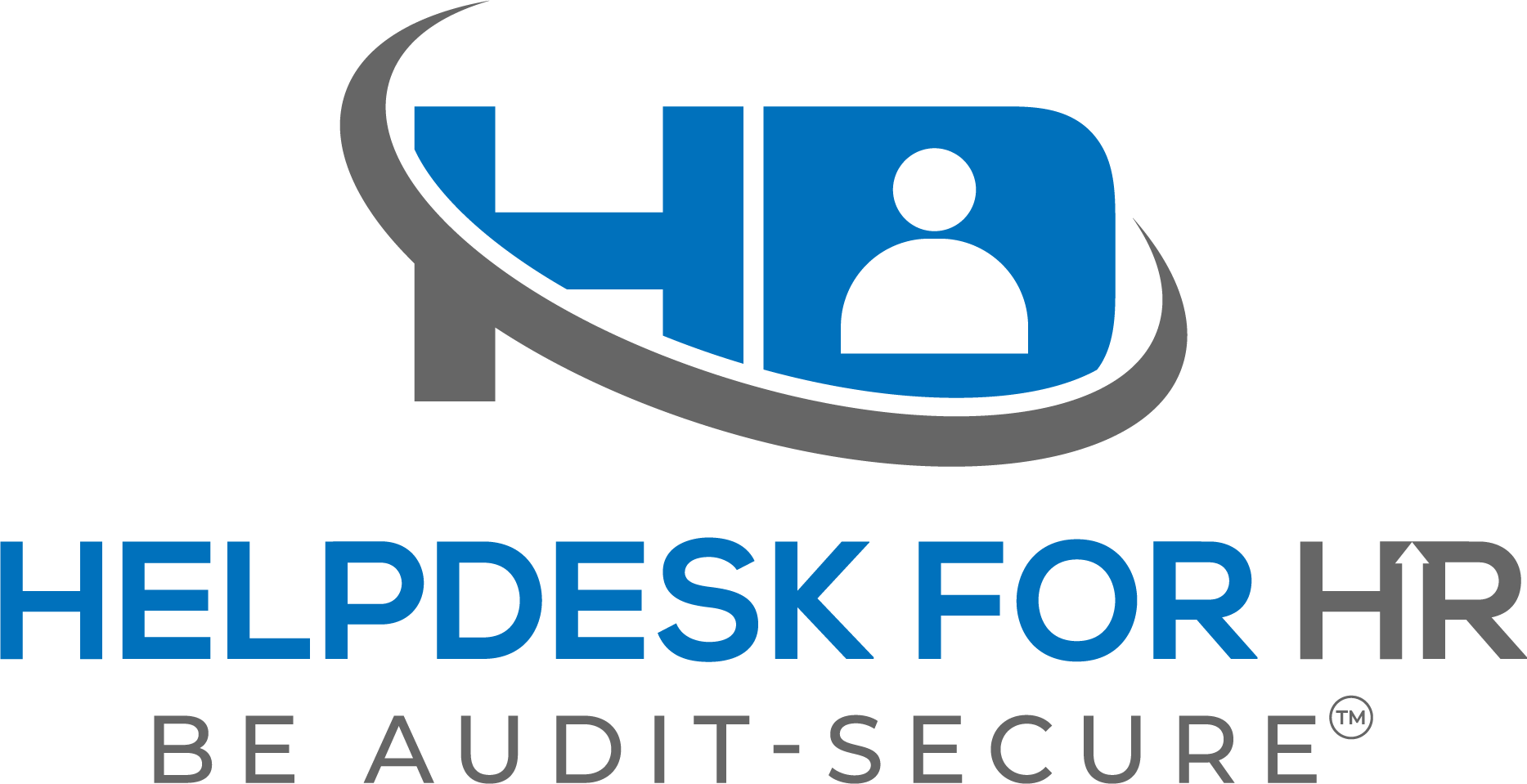The U.S. Equal Employment Opportunity Commission (EEOC) has recently issued a comprehensive update to its Enforcement Guidance on Harassment in the Workplace. This new document consolidates several previous guidances into one authoritative, modern framework for addressing harassment at work. Given the evolving nature of the workplace and societal norms, this updated guidance could not be timelier. Here’s what you need to know about the significant updates and how they might affect your workplace.
A Consolidated Resource
Previously, employers and HR professionals had to navigate multiple documents to fully understand the nuances of handling harassment claims. This included various guidances on sexual harassment, vicarious employer liability, and more, stretching as far back as 1987. The EEOC’s latest document replaces these, offering a single, streamlined resource. This move simplifies the legal landscape for employers and provides clearer directions for preventing and responding to workplace harassment.
Broader Definitions and Expanded Coverage
One of the most critical updates in the new guidance is the expanded definition of what constitutes harassment. The EEOC explicitly addresses harassment based on sexual orientation and gender identity, reflecting recent legal developments and a broader societal understanding of sex-based discrimination. This inclusion ensures that all forms of sex-based harassment are recognized under the law, making the workplace safer and more inclusive for LGBTQ+ employees.
Clarified Employer Liability
The new guidance provides detailed explanations of the circumstances under which employers are held liable for harassment. This includes harassment by supervisors, co-workers, and even non-employees, such as clients or vendors, over whom the employer has control. It clarifies the defenses available to employers, such as demonstrating that reasonable care was taken to prevent and correct harassing behavior and that the employee unreasonably failed to take advantage of any preventive or corrective opportunities provided.
Practical Examples and Application
Understanding the abstract legal standards can be challenging, but the EEOC’s updated guidance includes practical examples that illustrate how these standards may apply in real-world scenarios. These examples help employers and employees alike understand the types of conduct that constitute harassment and how legal principles are applied to determine liability or innocence. This practical approach aids in recognizing and addressing harassment more effectively before it escalates.
Why This Matters
Workplace harassment remains a significant issue, with profound impacts on employee well-being and organizational culture. The updated EEOC guidance empowers employers with the knowledge to create safer, more respectful workplaces. It also reassures employees that their grievances will be taken seriously and handled appropriately, fostering a culture of respect and dignity.
The release of this consolidated and updated guidance is a proactive step by the EEOC to respond to the dynamic needs of today’s workforce and the legal environment. Employers are advised to review their policies and training programs to align with these new standards, ensuring they are fully prepared to handle and prevent harassment in all its forms.
For both employers and employees, staying informed about these updates is crucial in building a workplace environment free from harassment and discrimination. Now is the perfect time to revisit your organization’s training and policies to ensure they meet or exceed the new guidelines set forth by the EEOC.
For more information on pregnancy discrimination, please visit https://www.eeoc.gov/laws/guidance/enforcement-guidance-harassment-workplace
Lisa Smith, SPHR, SCP
Note: This blog post is for informational purposes only and should not be construed as legal advice. Always consult with a legal professional for advice specific to your situation.
Sign-up HERE and Save $170!
Here is what all you will get:
- Boss Calls™ – Access to EVERY Boss Call™ – Past & Future.
- HelpDesk for HR VAULT – Access to all 8 of our proprietary tools and applications to make your workday simple.
- Forms, Docs, Policies and Procedures Library – 700+ samples you can download and edit to fit your needs.
- U.S. ePoster Club – Download state, city, and local posters. Both required & recommended, for all 50 states & D.C.
- Same-day email support – Write to our team of SPHR and SCP professionals with all your HR questions.
![]()
